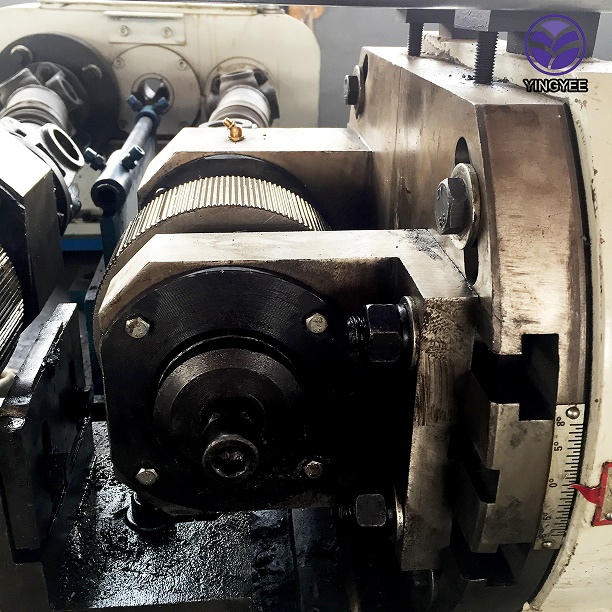
The Rise of China's Sandwich Panel Line Industry
In recent years, the construction industry has witnessed a significant transformation, driven by innovations that promote efficiency, sustainability, and cost-effectiveness. Among these innovations, sandwich panels have emerged as a leading solution for building cladding and insulation, paving the way for the growth of China's sandwich panel line industry. This article explores the intricacies of sandwich panels, the advancements in production lines, and the growing significance of this industry in both domestic and global markets.
Understanding Sandwich Panels
Sandwich panels are composite materials consisting of two outer layers and a core material in between. The outer layers are typically made from metals like steel or aluminum, while the core can be composed of insulation materials such as polystyrene, polyurethane, or mineral wool. This unique structure provides exceptional thermal insulation, soundproofing, and fire resistance, making sandwich panels an ideal choice for industrial buildings, warehouses, cold storage facilities, and even residential constructions.
The versatility of sandwich panels allows for a wide range of applications, including roofing, walls, and even interior partitions. Their lightweight nature simplifies transportation and installation, significantly reducing construction time and costs. These advantages have led to an increased demand for sandwich panels both in China and around the world, prompting manufacturers to enhance their production capabilities.
The Development of Sandwich Panel Production Lines in China
China has rapidly established itself as a global leader in the manufacturing of sandwich panels. The country’s sandwich panel line industry has progressed significantly over the past two decades, characterized by advanced technology and automation. Modern production lines are equipped with high-speed manufacturing equipment, enabling the efficient production of sandwich panels with varying specifications and applications.
Key components of a typical sandwich panel line include uncoilers, panel formation machines, insulation core fillers, lamination units, and cutting systems. Automation plays a crucial role in enhancing production efficiency, minimizing waste, and ensuring quality control. With the integration of smart technology, manufacturers can monitor production processes in real-time, enabling quick adjustments to maintain optimal performance.

Chinese manufacturers have also pursued innovations in panel materials and designs. For instance, there has been a shift towards eco-friendly materials and energy-efficient production methods, reflecting the industry's response to global sustainability concerns. This commitment to sustainability, coupled with the ability to produce high-quality products at competitive prices, has bolstered China's position in the international sandwich panel market.
Global Impact and Future Prospects
As the global demand for sandwich panels continues to rise, China's sandwich panel line industry is poised for significant growth. The increasing emphasis on energy-efficient building materials aligns with current trends toward sustainability in construction. Countries across the globe are recognizing the benefits of using sandwich panels, which not only improve energy efficiency but also foster quicker construction timelines.
Moreover, China's Belt and Road Initiative (BRI) has opened new avenues for exporting sandwich panels to developing countries looking to modernize their infrastructure. With expanding international markets, Chinese manufacturers are strategically positioning themselves to capitalize on the growing construction needs abroad.
The future of China's sandwich panel line industry also hinges on technological advancements. Continued investment in research and development can lead to innovations in materials, production methods, and enhanced product features. For instance, advancements in automation and artificial intelligence could further streamline production processes, reduce costs, and improve product quality.
Conclusion
In conclusion, the rise of China's sandwich panel line industry reflects the broader trends of innovation and sustainability in construction. Sandwich panels offer numerous advantages that meet the demands of modern building practices, enhancing thermal insulation, safety, and cost-efficiency. As China continues to lead in production capabilities and technological innovations, the future of its sandwich panel industry looks promising, with increasing opportunities for both domestic growth and international expansion. With a commitment to quality and sustainability, Chinese manufacturers are well-positioned to shape the future of building construction globally.